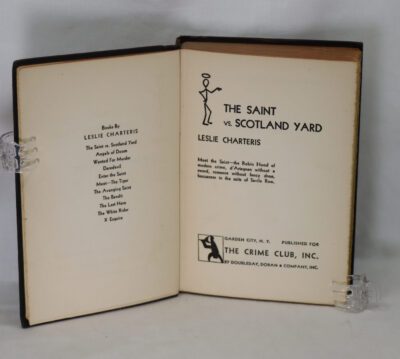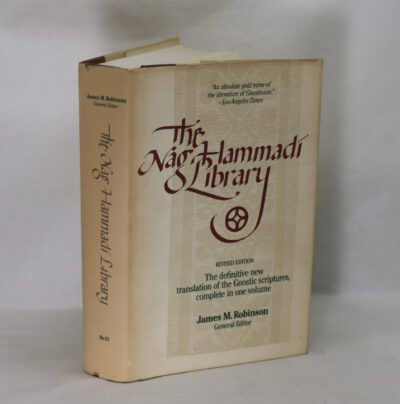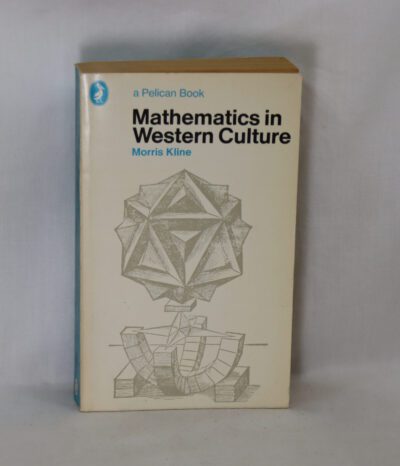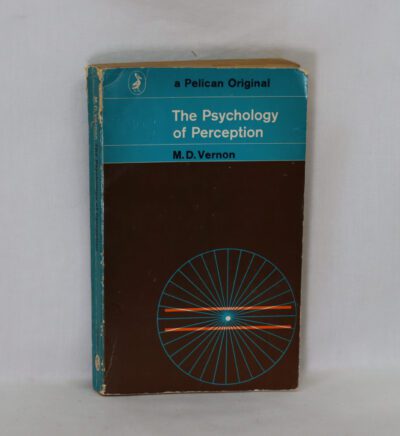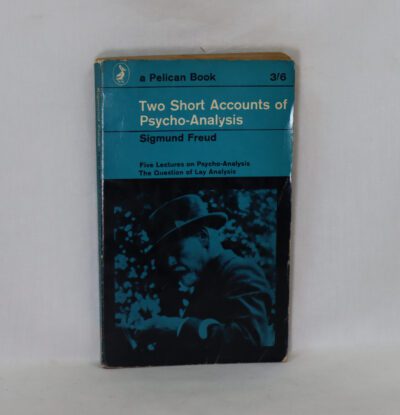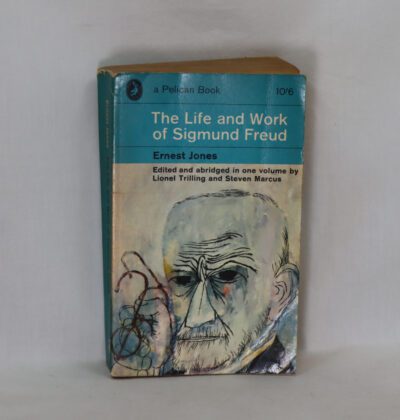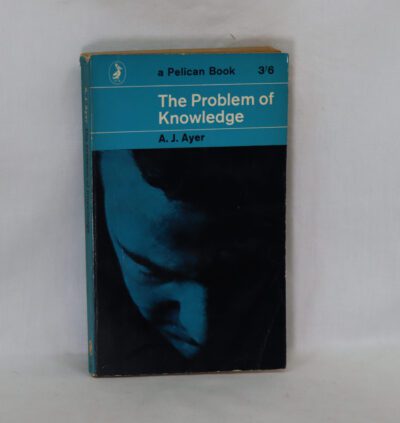St. Paul and his Letters.
By Anthony C Deane
Printed: 1942
Publisher: Hodder & Stoughton. London
| Dimensions | 14 × 19 × 3 cm |
|---|---|
| Language |
Language: English
Size (cminches): 14 x 19 x 3
Condition: Fine (See explanation of ratings)
Item information
Description
Red cloth binding with gilt title on the spine.
F.B.A. provides an in-depth photographic presentation of this item to stimulate your feeling and touch. More traditional book descriptions are immediately available.
A solid Christian book rendering a good appreciation of the great man.
Paul (previously called Saul of Tarsus; c. 5 – c. 64/65 AD), commonly known as Paul the Apostle and Saint Paul, was a Christian apostle who spread the teachings of Jesus in the first-century world. Generally regarded as one of the most important figures of the Apostolic Age, he founded several Christian communities in Asia Minor and Europe from the mid-40s to the mid-50s AD.
According to the New Testament book Acts of the Apostles, Paul lived as a Pharisee. He participated in the persecution of early disciples of Jesus, possibly Hellenised diaspora Jews converted to Christianity, in the area of Jerusalem, prior to his conversion. Sometime after having approved of the execution of Stephen, Paul was traveling on the road to Damascus so that he might find any Christians there and bring them “bound to Jerusalem” (ESV). At midday, a light brighter than the sun shone around both him and those with him, causing all to fall to the ground, with the risen Christ verbally addressing Paul regarding his persecution. Having been made blind, along with being commanded to enter the city, his sight was restored three days later by Ananias of Damascus. After these events, Paul was baptized, beginning immediately to proclaim that Jesus of Nazareth was the Jewish messiah and the Son of God. Approximately half of the content in the book of Acts details the life and works of Paul.
Fourteen of the 27 books in the New Testament have traditionally been attributed to Paul. Seven of the Pauline epistles are undisputed by scholars as being authentic, with varying degrees of argument about the remainder. Pauline authorship of the Epistle to the Hebrews is not asserted in the Epistle itself and was already doubted in the 2nd and 3rd centuries. It was almost unquestioningly accepted from the 5th to the 16th centuries that Paul was the author of Hebrews, but that view is now almost universally rejected by scholars. The other six are believed by some scholars to have come from followers writing in his name, using material from Paul’s surviving letters and letters written by him that no longer survive. Other scholars argue that the idea of a pseudonymous author for the disputed epistles raises many problems.
Today, Paul’s epistles continue to be vital roots of the theology, worship and pastoral life in the Latin and Protestant traditions of the West, as well as the Eastern Catholic and Orthodox traditions of the East. Paul’s influence on Christian thought and practice has been characterized as being as “profound as it is pervasive”, among that of many other apostles and missionaries involved in the spread of the Christian faith.
Anthony Charles Deane (1870–1946) was canon of Worcester Cathedral, poet and writer of religious books. He was the son of H. C. Deane, a barrister-at-law. In 1898, he married Maud, the second daughter of Col. Versturme-Bunbury of Bath. He is perhaps best known as a writer of popular Christian books.
Want to know more about this item?

Share this Page with a friend




